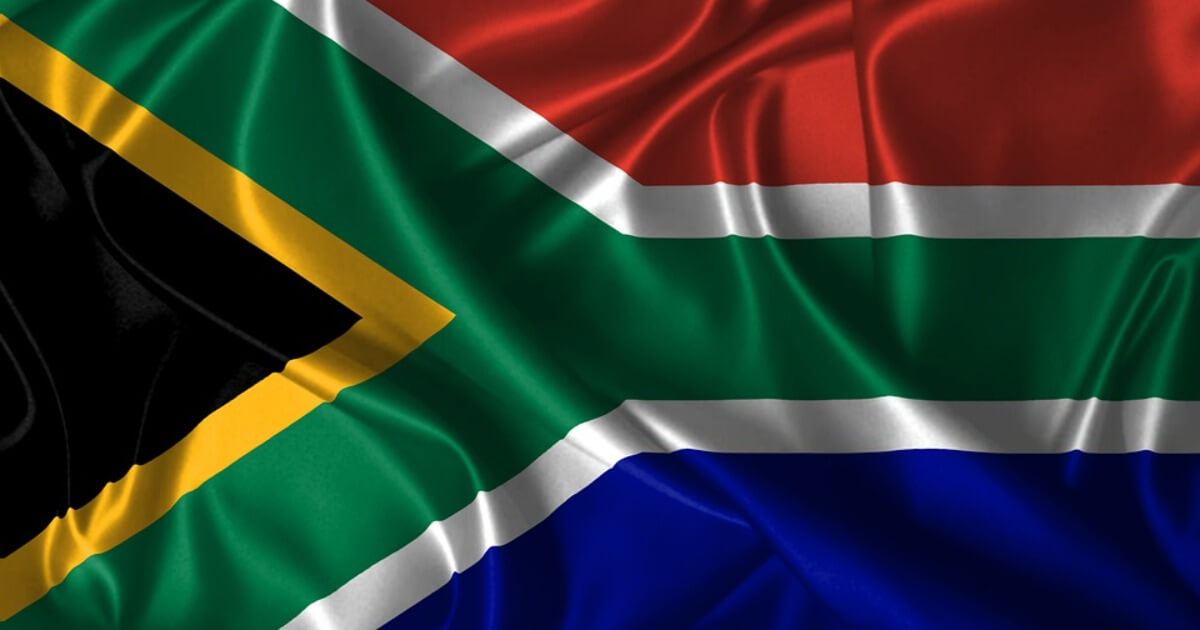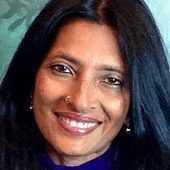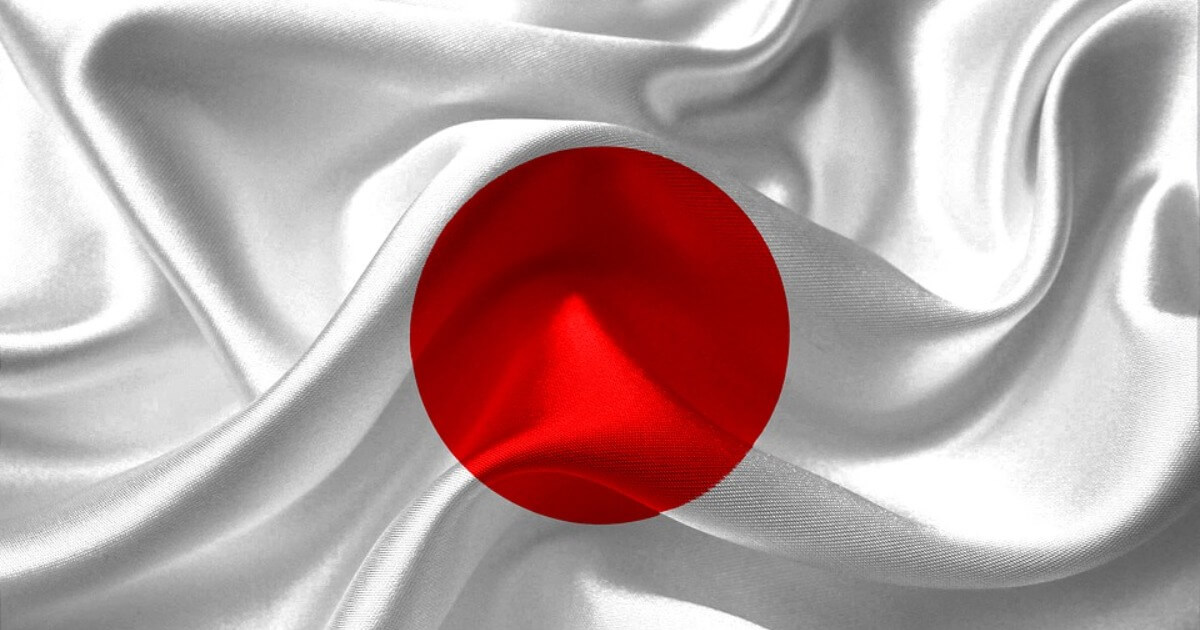The Deplorable Parallels Between Apartheid and Caste
De-humanizing the “other” is a daily practice in both India and South Africa.
June 15, 2021

I heard about the infamous pencil test for the first time while exercising in a gym in Cape Town. It must have been around 2010 and I had newly moved to South Africa from India.
I was trying to hold a plank without collapsing like a mollusk, while my exercising partner, a young black woman, talked to me about the fall out of apartheid.
Pencil test
She said that if the pencil test were held today, she would be classified as colored and her sister as black. “What the hell is the pencil test?” I asked.
This is what I learned. When apartheid was passed into law in South Africa in 1948, the government was determined to keep the races apart at ll costs. No inter marriages, no commingling, not even shared spaces, were permitted.
To achieve the “correct” categorization of races, a pencil was run through a person’s hair. If it did not snag, the person was classified as “colored.”
If it snagged, the person was labelled “black.” This horrendous test caused innumerable fracture lines between friends and families.
The inhumanity of humans
For many around the world, such a diabolical system of segregation would be hard to wrap one’s head around. But I came from India. And I already knew all about the inhuman ways in which human beings could “other” each other.
After moving to Cape Town over a decade ago, I began to see that the caste system in India was nothing but an unspoken apartheid. In India we may not have had apartheid-era type of laws. Caste discrimination is illegal.
But social practice ensures the same kind of systemic discrimination against lower castes. It also polices the non-integration of castes. In essence, caste practice echoes the rules that used to govern relations between races in South Africa.
Caste and diet
I grew up in an upper caste, Brahmin, family in southern India. While within my immediate family I was never exposed to caste-related slurs, I was not so lucky in extended family gatherings.
I heard about “non-Brahmins” constantly and how they were unclean due to their non-vegetarian dietary habits. Upper caste Indians take pride in their vegetarian diet and look down on those who consume meat, a practice that they consider to be impure.
The privilege of ignorance in India
Being a non-vegetarian myself, this was confusing to me. But I was just a child and was able to tune most of it out.
The privilege of being upper caste, I realize now, is that ability to be ignorant. It is the ability to casually say, “Oh, I don’t care about caste.”
I could afford not to care, because I was upper caste. But when you belong to a group that has been stripped of not only its rights, but its very humanity, you quickly learn the cold reality of that categorization.
Rude awakening
My perceptions began to change at university. I was invited once to a classmate’s house for lunch, along with ten other girls.
As we sat down to eat, I noticed that only one other girl and I were being served personally by my classmate’s mother. The mother also kept warning me that various dishes contained garlic.
I was flummoxed. But then it dawned on me that we were the only two Brahmin girls at this table. My classmate, whose house it was, was from the Mallar caste, an agricultural community.
Convoluted caste dynamics
In India’s convoluted caste system, the Mallars are a powerful dalit (formerly known as untouchables) clan. Politically, they are very vocal and assertive about their rights.
Nonetheless, my friend’s mother was not used to having Brahmins for lunch in her house. Hence the special treatment. And the warnings about garlic. In many orthodox Brahmin families, garlic and onions are not eaten.
I felt like the spatula the mother was holding had been used to slap me across the face. I stammered that garlic was fine and struggled to eat the rest of my lunch. My privilege sat in my stomach with the crushing weight of India’s most ignominious tradition.
Blinkers off
Later, once I became a journalist and started traveling across the country, the blinders were truly ripped off. Stories about dalit girls being raped became routine.
I came across cases where entrenched caste hierarchies had led to families murdering their children if they dared to marry across caste-lines.
A gaping wound
Caste in India is a gaping, bleeding wound that is never allowed to heal. Generation after generation gets stuck in the social hierarchies that they are born into.
Even today, most people living below the poverty line in India are of the lower castes, despite decades of policy interventions to try and ensure a level playing field.
South Africa’s incomplete race reconciliation
In contrast, South Africa has arguably done a better job of handling race segregation in the post-apartheid era. This is not to suggest that race is no longer an issue in social life here.
In Cape Town, where I live, even today most customers in shops are white, while the staff is black. In restaurants, in theaters, in cinema halls, the story is the same.
White, colored and black people still tend to live in separate neighborhoods.
Racism more personal than systemic
And yet, there is a general acknowledgment across society of the shame and horror that was apartheid. Racism here has evolved to become more personal than systemic.
The historic Truth and Reconciliation committee forced South Africans to face up to their past. But the caste system in India has never been subjected to the same level of introspection and reckoning.
Yet in effect, they are the same. And the price to pay is the fragmentation of all humanity.
Hope
There is some hope. A recent survey of 1.3 million young netizens in India showed that over 70% of millennials were in support of intercaste marriages.
Here in South Africa, interracial marriages are increasing and I see my son and his friends of different races and ethnicities deal very differently with each other.
It is not color blindness, but even better, it is a whole acceptance of each other. Human to human, starting with each of us, this is the only way forward.
Takeaways
In both South Africa and India, human beings "other" each other in inhuman ways.
In India, caste discrimination is illegal. But social practice ensure a kind of systemic discrimination against lower castes like South African apartheid instituted against Blacks.
Caste in India is a gaping wound that has never been allowed to heal. Generation after generation has been stuck in the social hierarchies that they are born into.
The historic Truth and Reconciliation committee forced South Africans to face up to their past. The caste system in India has never faced that level of introspection and reckoning.
There is some hope. A recent survey of 1.3 million young netizens in India showed that over 70% of millennials were in support of intercaste marriages.

